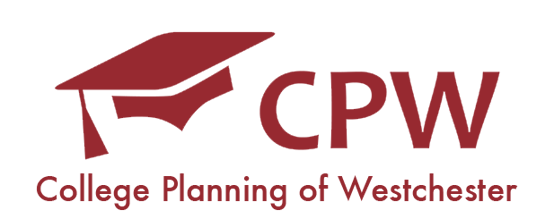Neal Schwartz
- 27 Jun, 2021
- 0 Comments
- 4 Mins Read
6 PREDICTIONS ON POST-PANDEMIC ACADEMIA
SUMMER IS HERE, BUT THE IMPACTS OF THE PANDEMIC ARE HERE TO STAY

School is out, and that well-deserved summer vacation is finally upon us. This year has been nothing short of exceptional, and students, parents and teachers should all be proud of how they’ve coped and adapted to the unique challenges of the pandemic. As we head into the summer season, it’s important to reflect on the lessons the pandemic has taught us and predict some of the short and long-term impacts. Here are some of our thoughts.
Teachers
Teaching through a pandemic has met with various levels of success. But overall, the shift to online learning proved to be a big and often unrewarding challenge. One of the strongest impacts of the pandemic on teachers is that more and more of them may leave, retire, or adapt their methods. K-12 Teachers who first struggled with the Common Core, and later with the online learning modes that were forced on them, will leave in greater numbers. The pressure of following a curriculum and learning entirely new teaching methods proved to be too much for certain teachers. Similarly, college professors who were caught off-guard by online learning and obtained negative reviews from students will re-evaluate their future and either retire or learn from the experience. It seems that very few found online learning fruitful, and there will be a negative connotation towards online learning unless there is a modification to gauge involvement and engagement from individual students.
Students
Due to the flaws in online learning and little time to test trial and error, high school and some college students will discover serious academic gaps. With unequal connections to the Internet and difficulty following classes that are less and less hands-on and engaging, the difference in academic success is measurable. As a result, both high schools and colleges will discard online learning motions that failed and invest in online learning that can still be used post-pandemic to complement courses and overall curriculum.
Activities
Besides the gaps in learning, students also greatly suffered in mental health this year, because they were unable to socialize and do extracurricular activities. Those students that struggled this year will either blossom in response to the return to “normalcy” or find it difficult to get back to reality, hiding in their shells even more. Those who had craved social interaction might be turned off by it now. Taking back old pre-pandemic routines might be more difficult than it seems. High school students who missed out on extracurricular activities and were able to cope are likely to not re-engage with their previous activities.
Testing
As restraints on the testing industry followed the sanitary context, testing for the SAT and ACT will get refined once again as these industries recover. They will restart the home testing effort that ironically ended during the pandemic. In addition, colleges that adopted test-optional policies and that say they will “holistically” evaluate students (i.e., without viewing SAT/ACT scores), will find themselves looking for some new testing metric to make application evaluation more streamlined. This trend especially at the larger universities. Right now, the only academic way to measure a student is either to acknowledge a student’s GPA relative to their high school or rate a student’s course decisions relative to what was offered at their high school.
College Campuses
College campuses also might look different after COVID-19. First of all, colleges that did not fare well financially will merge with either financially stronger or larger institutions. In addition, there may be permanent changes to health protocol and the hiring of extra staff in health departments to deal with potential future pandemics. Particularly for students of the sciences, these programs will have to include alternatives to in-person labs, which might largely impact the curriculum.
Finances
One of the most serious inequalities that the pandemic has revealed is financial. The gap in Internet connection among students led to an extraordinary learning gap. In the future, there will be greater support to provide broadband and Wifi to the economically disadvantaged to give all American students the chance to have a quality education. However, this does not mean that the cost of college will stagnate. With the increasing costs of in-person college, more online colleges will emerge and those prestigious in-person colleges will continue to expand their revenue streams by using their best professors online. In addition, financially strapped families might explore both Canadian and European colleges to reduce cost.
Overall, the negative impacts of the pandemic are quantifiable. In a race to make up for lost time, we all must multiply our efforts to find solutions. However, only after a well-deserved summer vacation. Once everyone is back at school or college, amnesia will likely set in. It will take a little while, but for some that had normal experiences pre-COVID, they will settle in like nothing ever happened, and hopefully, we can all soon move on.
For help navigating college post-pandemic, give us a call to schedule a free consultation today!
Best Regards,

Neal Schwartz, Owner
College Planning of Westchester
[email protected]
914-273-2353 (office)
914-500-5899 (mobile/text)
NOW IN OUR 19TH YEAR

NOW REGISTERING FOR OUR:
COLLEGE COUNSELING PROGRAM AND SAT/ACT TEST PREP PROGRAMS
NOW IS THE BEST TIME FOR TEST PREP AND COLLEGE APPLICATIONS
Register Today









